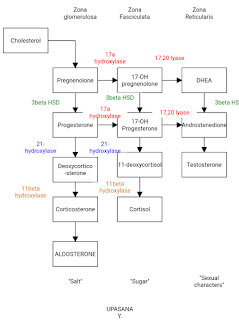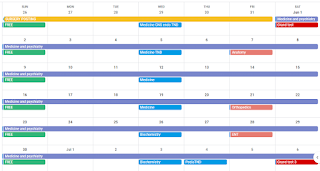CD4 Counts and Opportunistic Infections
Hello! >500/mm3 - Candidal vaginitis Persistent Generalized lymphadenopathy 200-500/mm3 - Pneumococcal pneumonia Pulmonary TB Herpes Zoster Oropharyngeal Candidiasis (Thrush) <200/mm3- Pneumocystis jiroveci pneumonia Miliary/Extrapulmonary TB <100/mm3- Candida Esophagitis Penicillinosis Toxoplasmosis Cryptococcosis <50/mm3- Mycobacterium avium coplex(MAC) Disseminated cytomegalovirus (CMV) Hope this will help. -Upasana Y.










